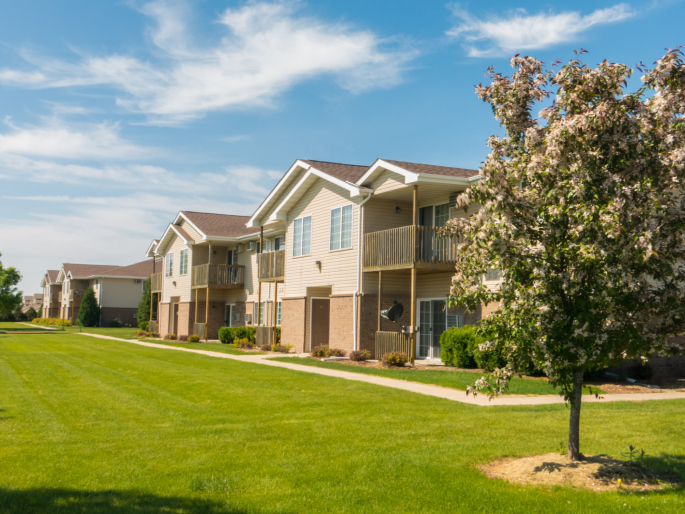 While U.S. home prices grew at record speed in December, rising mortgage rates threatened rapid price appreciation as buyers were sidelined by affordability concerns. S&P Case-Shiller’s National Home Price Index reported 18.80 percent year-over-year home price growth in December.
While U.S. home prices grew at record speed in December, rising mortgage rates threatened rapid price appreciation as buyers were sidelined by affordability concerns. S&P Case-Shiller’s National Home Price Index reported 18.80 percent year-over-year home price growth in December.
The 20-City Home Price Index posted a year-over-year gain of 18.60 percent as compared to November’s year-over-year home price gain of 18.30 percent. Home prices rose by 1.50 percent from November to December 2020. Phoenix, Arizona held on to first place in the 20-City Index with year-over-year home price growth of 32.50 percent; Tampa, Florida held second place with 29.40 percent year-over-year home price growth. The Miami, Florida metro area held third place with year-over-year home price growth of 27.30 percent.
Rising Mortgage Rates Impact Affordability for Prospective Homebuyers
Analysts predicted slowing home price growth as mortgage rates rise and affordability issues impact prospective home buyers. Danielle Hale, a chief economist at Realtor.com, said: “Home prices continued to surpass expectations in December, but a marked change may be ahead for growth as rising mortgage rates eat into buyers’ purchasing power.”
Ms. Hale described a trend that could signal slower home price growth. “While typical asking prices continue to accelerate, the pace of median sales price growth has slowed, signaling a potential gap between what buyers are willing and able to pay and what sellers are hoping to receive.”
The quarterly report issued by the Federal Housing Finance Agency supported trends evident in the S&P Case-Shiller Home Price Indices. Prices for homes owned or financed by Fannie Mae and Freddie Mac rose by 17.50 percent year-over-year in December. The FHFA reported the strongest home price growth in Arizona, Utah, and Idaho during the fourth quarter of 2021.
The strongest state housing markets for FHFA were Arizona, Utah, and Idaho, while the weakest housing markets were in Washington, DC, Louisiana, and North Dakota. Homebuyers continued to seek homes in less congested suburban and rural areas due to rising home prices. This trend originally started as Covid-19 outbreaks and work-from-home opportunities prompted city dwellers to relocate to areas less affected by the virus.
Analysts recognized that rising home prices sidelined moderate-income and first-time homebuyers, but did not expect home prices to fall in the coming months.

